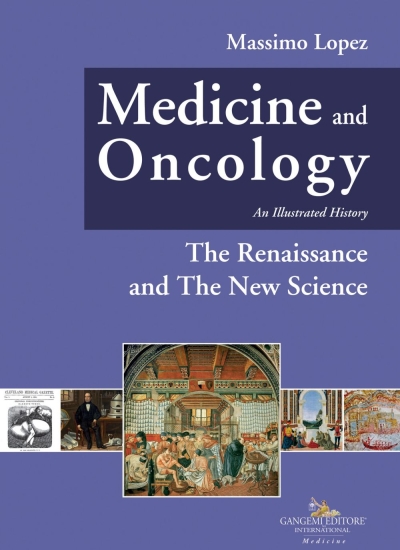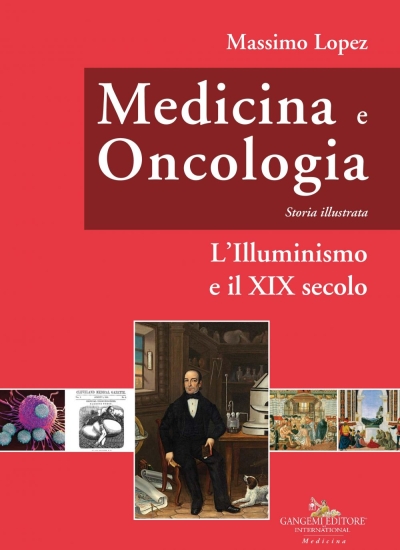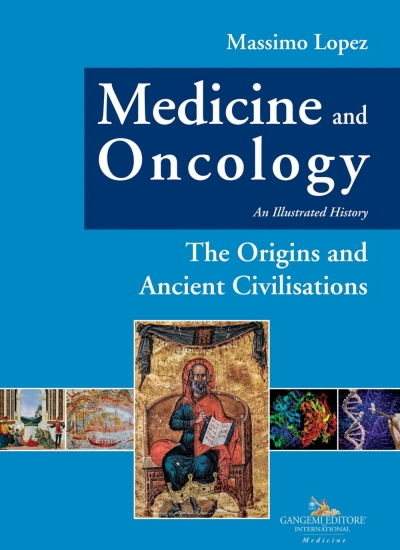Description
From the 14th century to the end of the 16th century, the social and cultural life of Europe was pervaded by a profound renewal, originating in Italy, which brought the arts and humanities to reach levels unknown for more than a millennium. It was said with enthusiasm that glory would be achieved by removing the rust of the medieval period and emulating the ancients. New inventions, including the printing press, helped to change the basis of culture: books multiplied, and educators were happy to circulate them. Illustrated herbals flourished and, in the rebirth of anatomy, the images of the human body in Vesalius' Fabrica still inspire admiration for their shapes and details to this day. In the 17th century a fundamental contribution to the advancement of medicine was made by Harvey with the discovery of the circulation of blood, not to mention the contribution made to the definition of science and the experimental method by Galileo, Bacon and Descartes. Great innovators also emerged in chemistry, in microscopic anatomy, and in the definition of the physiology of the organism and diseases. This was the era when the scientific revolution in many fields of knowledge put an end to the Ptolemaic conception of the Universe and Aristotelian physics; it brought out a more realistic vision of nature and the human body; it profoundly cracked the foundations of traditional Galenic medicine and created the conditions for its complete dismantling in the 18th century. The description of these events in the fourth volume of Medicine and Oncology presents us with the extraordinary story of the beginning of modern medicine in the usual fluent style and with numerous illustrations that do not decorate but enlighten the text.
Massimo Lopez was Director of the Division of Medical Oncology of the Regina Elena Institute for Cancer Research in Rome and Professor of Oncology at the 1st School of Specialisation in Oncology at Sapienza University, Rome. He has published over 200 articles in the most important scientific journals in Italy and abroad and written several books, including a monograph on breast cancer, one on GIST, and the manual of practical medical oncology that bears his name.







